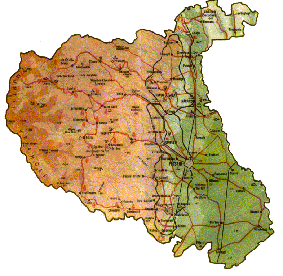 |
is the image of the Romanian country at a smaller size. Various relief and the most different vegetation is to be found here...
|
 |
is the image of the Romanian country at a smaller size. Various relief and the most different vegetation is to be found here...
|
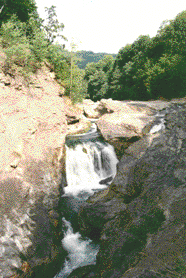 |
 |
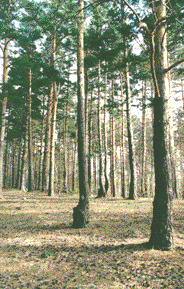 |
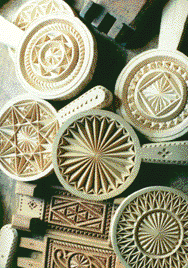 |
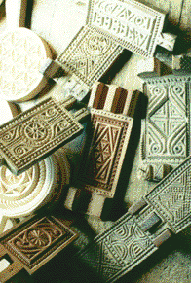 |